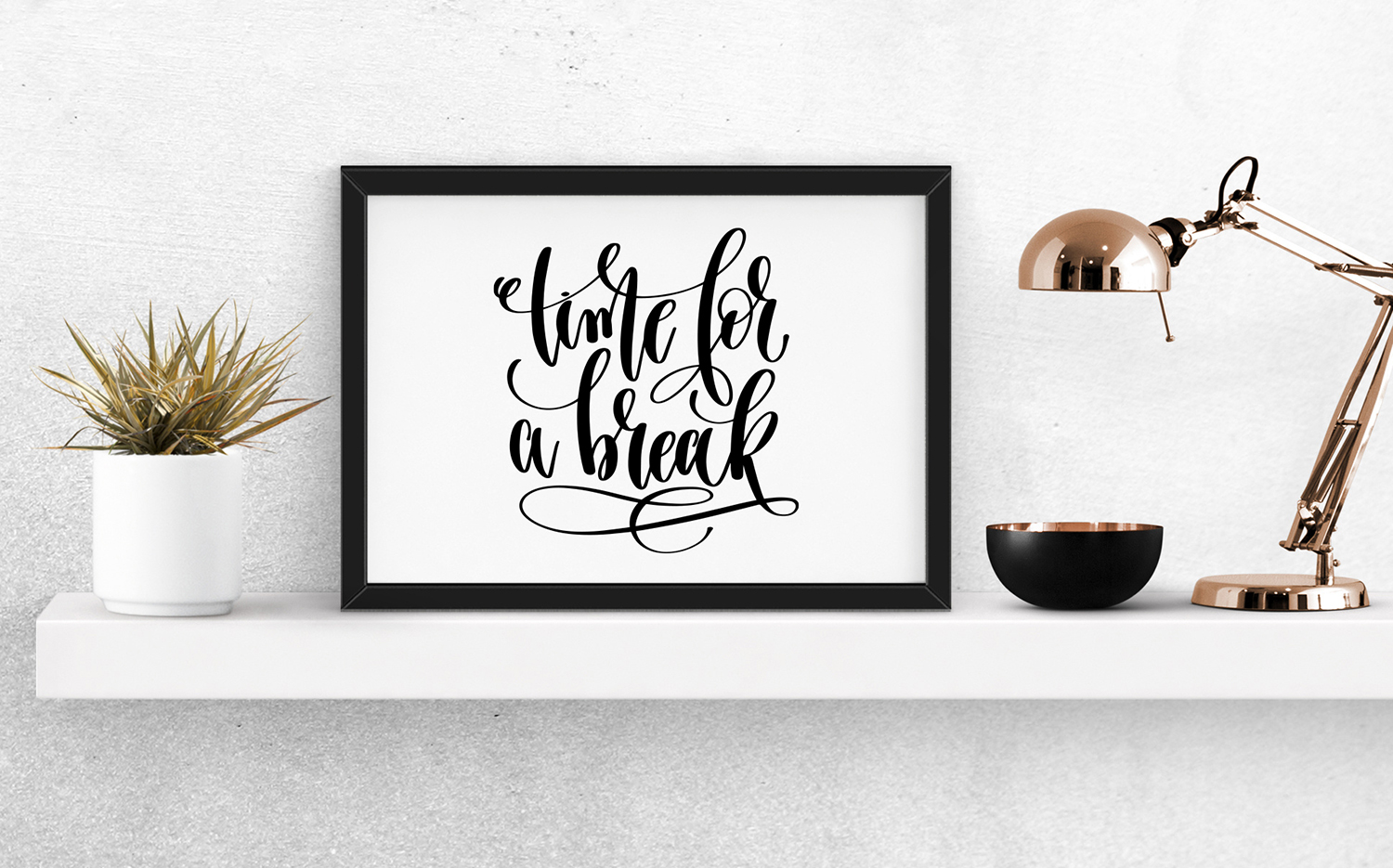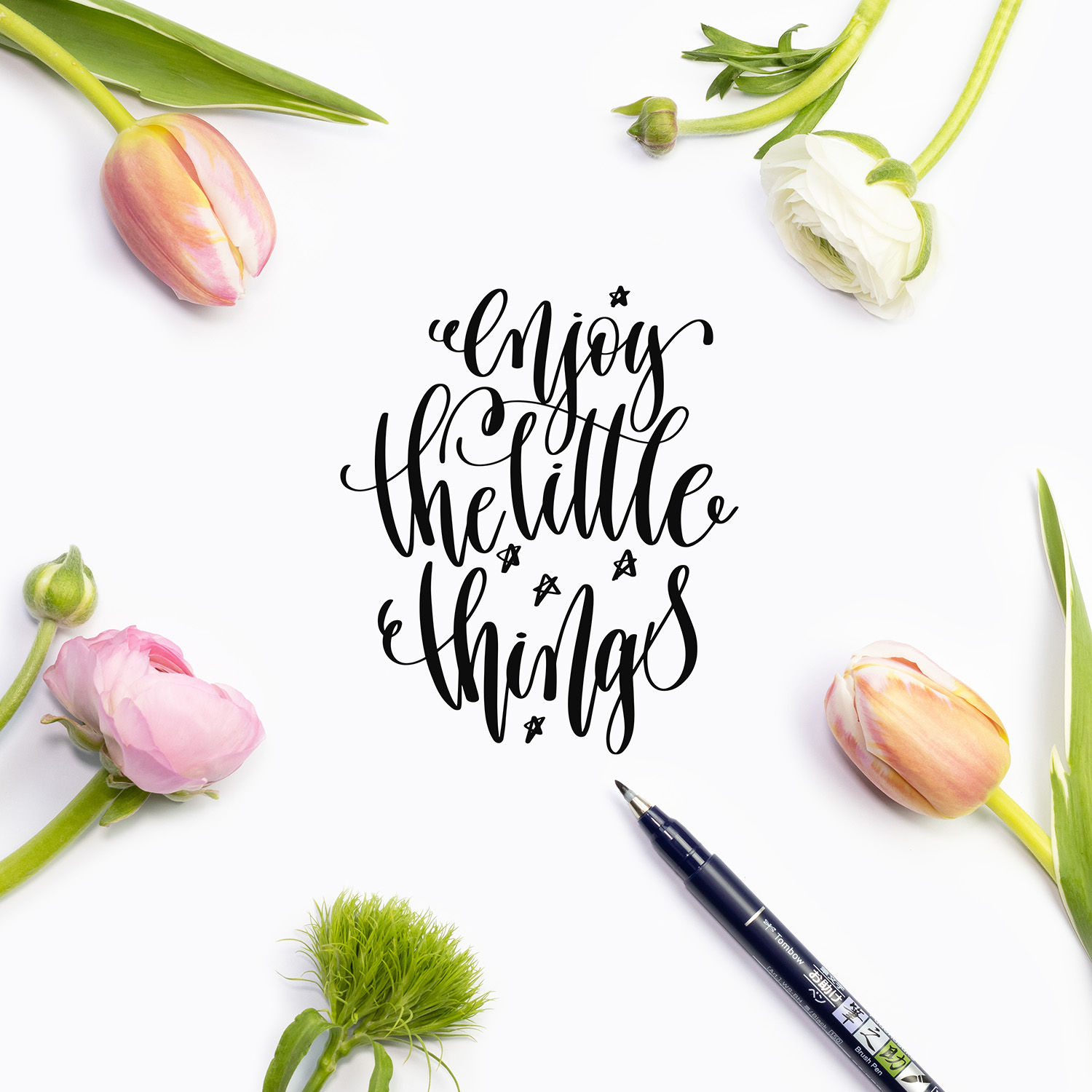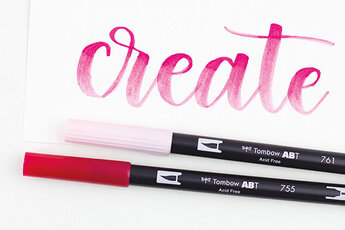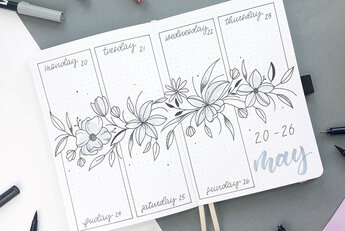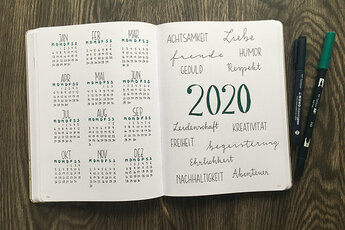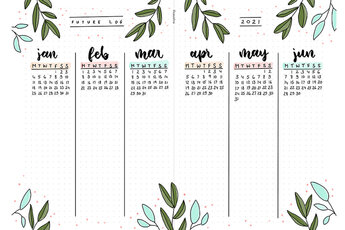More relaxation and happiness in just a few minutes
Bullet journaling has rapidly developed in different directions, with one movement dealing with mindfulness, success, and happiness. But what precisely is behind this new trend? Gratitude journal, five-minute diary, six-minute diary – what is the difference? What does a six-minute diary achieve? And how do I get started with it?
If you’re asking these kinds of questions, you’ve come to the right place.
The acceleration of everyday life
Nowadays, everything has to be quick and simple, efficient even. If we want to be more athletic, you should already be able to see results after a two-week program. Countless diets suggest visible success after just a few days. According to dating apps, you have to fall in love at first sight so as not to lose time. This acceleration of everyday life means we don’t leave time for ourselves. Time to enjoy and appreciate the little things. From the standpoint of evolutionary biology, it is helpful to remember bad experiences so as to avoid them in future. Over the long term, this either leads to our beginning to distort these bad experiences as a method of self-protection so we no longer feel uncomfortable with them, or it leads to our focusing on these memories entirely. A disagreeable side effect of the latter, however, is that small, positive moments and experiences fall into the background.
The pause button for the soul
So how can you finally break this vicious cycle and bring the good things back to the forefront? With an Gratitude journal – called a five- or six-minute diary. The principle of the concepts remains the same. You set aside a few minutes each day for yourself. Ideally, a few minutes in the morning and a few in the evening.
Plan your day in the morning. What are your plans for the day and what would make today a good day? In addition, write an affirmation. This is a positive self-confirmation that is sometimes called a dogma. This self-confirmation should help you to reprogram your thoughts over the long term. An example might be: “I believe in myself. More and more every day.” This dogma can help you to become more self-confident because it can eventually overlay your own doubts. Further examples: “I accept myself as I am,” “I eat healthily and listen to my body.”
In the evening, take stock of the day. What was nice today? Did you experience anything special? Write down three things you are grateful for. In the process, count the little moments. You don’t need to have been on a big adventure. Maybe you got a compliment for your new T-shirt or you simply enjoyed the sunshine? It can sometimes also be bad news that reaches us during the day and adjusts our perception of our own life. Naturally, things like health, work, and having a roof over your head can gain in significance.
Reprogramming our thoughts
Perhaps you write things down in the evening that hadn’t occurred to you in the morning. Or none of your points in the morning materialized, but you had a good day nonetheless. Don’t be discouraged. It’s about reprogramming your inner perception and also appreciating the unexpected. Don’t be surprised if, in the very first week, you can’t think of three points each day. Humans are creatures of habit and you must first get used to this new way of thinking.
Caution: writing an Gratitude journal doesn’t mean you aren’t allowed to feel sad or anxious anymore. Quite the opposite: if you encourage the memories of the good things in your life and good feelings, you will be able to face the bad days in a more relaxed way.
What materials will I need to begin?
It is actually very simple: you need a book and a pen.
Depending on how much guidance you would like, you can choose a notebook. With a blank notebook, you can give your creativity free rein and also use the book for other purposes, such as Bullet Journaling. Or you can choose a ready-made book, such as the 6-Minute Diary by UrBestSelf, which guides you each day with precise questions.
Alongside classic ballpoint pens, rollerballs or fineliners , brightly colored felt-tip pens like the TwinTones lend themselves to writing in order to bring a little color to your journal.


